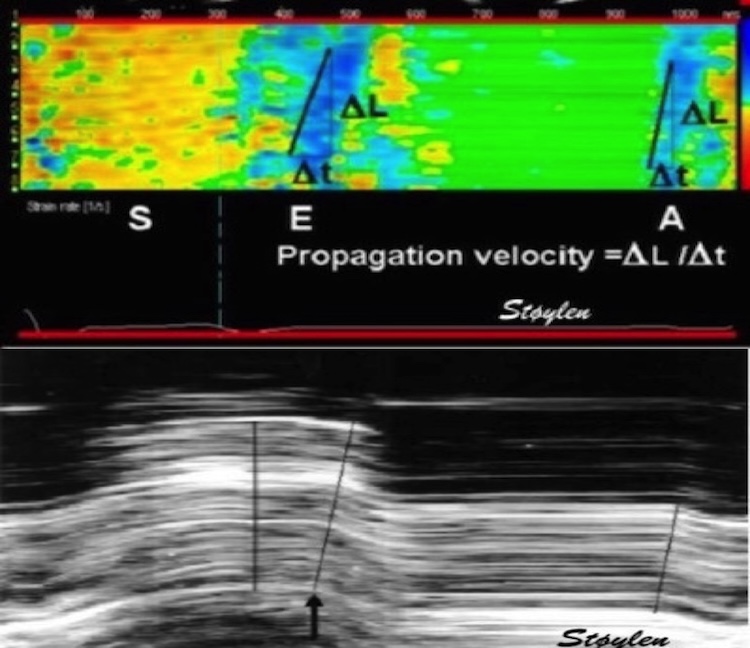🧵GLS is higher (absolute values) in women,shown in the HUNT study by proprietary software pubmed.ncbi.nlm.nih.gov/19946115/, in meta analyses , lately in the Copenhagen heart study by ST (GE software) pubmed.ncbi.nlm.nih.gov/33624014/
and even MR pubmed.ncbi.nlm.nih.gov/25890093/
So, it seems pretty general
and even MR pubmed.ncbi.nlm.nih.gov/25890093/
So, it seems pretty general
However, in the HUNT study, we found no significant sex differences in MAPSE (although a trend, p=0.1), but in a large study of 1266 subjects, the difference was small < 0.05mm - far below measurement limit). pubmed.ncbi.nlm.nih.gov/29399886/ Why, when both are long axis function?
1/ In our study, we compared GLS derived from segmental values by our software, with MAPSE normalised for the corresponding end diastolic wall length (straight line) and non-normalised MAPSE pubmed.ncbi.nlm.nih.gov/29399886/ 

2/ Age was the most important source of biological variability in these normal subjects, declining with increasing age. 

3/ MAPSE was weakly, related to body size, increasing with increasing BSA. More surprising, normalised MAPSE and GLS were both negatively correlated with BSA. Thus it seems to be normalisation for LV length per se, irrespective of method, that changes the relation with body size. 

4/ Why? Firstly, we found previously that the ratio between wall length and diameter was independent of BSA and sex. This means, a longer ventricle also has a larger diameter. pubmed.ncbi.nlm.nih.gov/27752332/ 

5/ Secondly, MAPSE contributes between 60% pubmed.ncbi.nlm.nih.gov/17098822/ and 75% pubmed.ncbi.nlm.nih.gov/32978265/ (probably a little less than the latter) (Figure: If myocardium is incompressible, only outer contour change contributes to SV, as the myocardium inside don't change it's volume) 

6/ As the main part of SV is MAPSE x area, larger area gives higher SV even with unchanged MAPSE. In the fig., a ventricle with 2x length, has 2x diameter and 4x area; increasing SV in proportion. At the same time the 2x length increases strain denominator, halving the strain. 

7/ Thus it seems that the correction for length only, not diameter, which is done by strain, amounts to a systematic error that reverses and increases (absolute) the body size dependence of strain compared to MAPSE.
8/ In the HUNT study, BSA was significantly lower in women. In linear regression, sex was not significant for normalised MAPSE, and in three dimensional analysis of linear strain, sex was not significant for any of the strains pubmed.ncbi.nlm.nih.gov/31673384/.
9/ Thus it seems that sex differences in strain is mainly size differences, and the cause of this is the unidimensional nature of strain, which amounts to a systematic error. 

unroll @threadreaderapp
• • •
Missing some Tweet in this thread? You can try to
force a refresh

















